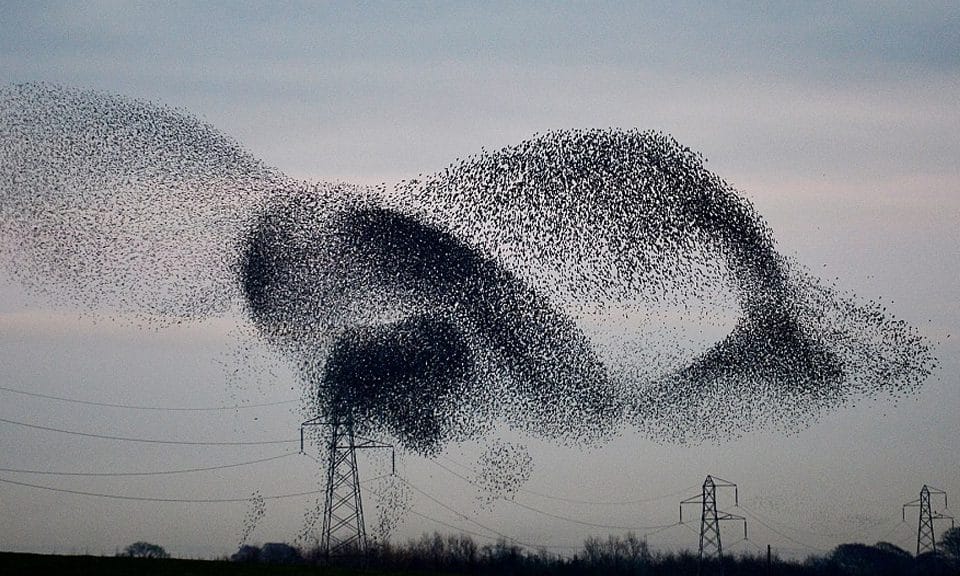Stephen Hawking: "I think the next century will be the century of complexity."
When science has so many achievements and findings now, what can help human beings to make a bigger leap forward? All the mutations that have been experienced in the course of science and recorded in history have always been accompanied by the emergence of theories. These theories have been and are the creators of new paradigms in the advancement of science. In this section of the website, I try to explain in simple language the theory of chaos and the science of complexity, which is referred to in the scientific circles of the world as one of the new paradigms of science. Science has always used a system called reductionism to study the world. The main meaning of reductionism is to break the general and original structure of everything into its constituent parts. That is, from a reductionist point of view, in order to study and understand something, its constituent components must be identified and examined. Reductionism teaches us that if we understand the components of one thing and the function of each, we can also understand how the whole system works. For example, if you open the pieces of mechanical parts of a watch, you can identify the function of each one and finally understand how a watch works. However, some things cannot be examined in this way. For example, a laboratory mouse cannot be disassembled into its components because the target mouse will be dead and many questions about its body parts and how they function remain unanswered. Sometimes we need to stand back a little and look at a system as a whole so that we can understand how it works. In this case, we do not need to fragment that system. Chaos theory considers very simple things that can produce very complex consequences that are unpredictable by looking at the components and compositions of that system. You may have seen the flocks (Swarm) of birds in the sky, or the schools of thousands of fish on the ocean.

At first glance, you might think that birds are very intelligent creatures that make such a flight, or that there are birds among them that convey the instructions for the movement of all birds. Research into the collective movements of birds shows that the only thing that every bird in the group needs is to keep its distance from the surrounding birds and to fly in the direction of the average of the surrounding birds. Only with this simple rule are very complex patterns of collective movements of fish and birds formed. Simple rules can create complex behaviors that seem to come out of nowhere. While each of the elements of a complex system (a fish or a bird) does not have intelligence, the whole group has collective intelligence. In another view, which is the opposite of chaos theory, complexity theory focuses on how a complex system can produce a simple consequence. Consider, for example, the fact that billions of living cells together form a body that, in close cooperation with one another, can form a single person with a distinct identity. Our bodies work in such a way that we survive. When we need food or water, we feel hungry and thirsty. We can think and learn while we have a unique personality. When a large number of these unique people come together and do something, a new phenomenon arises. In this case, new levels of performance emerge that are known in the literature of complexity sciences as self-organization. Just with looking at a living cell, it cannot be concluded that this cell, in cooperation with other cells, forms the human body.
A city also has units that interact very closely with each other. In this case, a human being is self-forming a unit. Once again, it is not possible to observe and test a human being to find out what kind of community and city that same person will form with others. By interacting with people who live in a city, that city acquires its own personality and identity. These interactions are self-organized and give identity and personality to the city by using emerging properties.
No one can predict how a complex system will evolve. If we think about these complex systems, for example, all life from the smallest cell to the largest animals, we will encounter complex adaptive systems that will always be enigmatic to us. However, you can learn many aspects of chaotic and complex systems. Chaos and complexity is a new kind of science that takes a holistic view of the world around us.
Exploration of complexity requires a large number of calculations, and for this reason, most advances in this field have been made since the advent of computers. With the ever-increasing advances in the processing power of computers which can process information quickly and perform so many computations in the short term, human beings have been able to make good leaps in understanding the complex nature of the world around them. But it must be borne in mind that human beings are at the starting point of the path leading to the development of complexity as a science. In future articles, I will explain the basic concepts of the chaos theory and complexity, as well as the relationship between them and cognitive science and future studies.

 فارسی
فارسی
